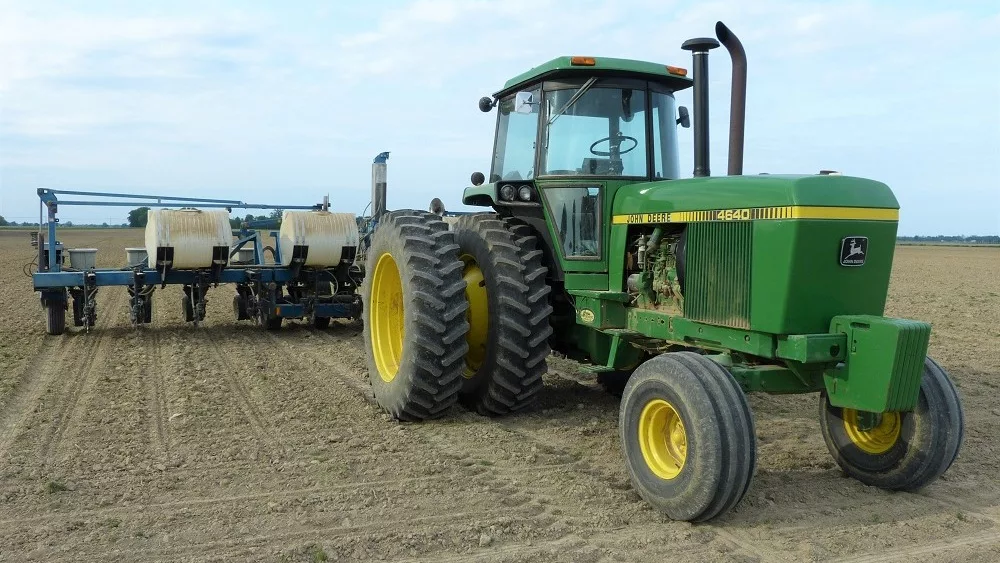For the last few months, China has been purchasing a lot of U.S. corn. This week, sales of nearly 700,000 MT of corn to China were announced by USDA. Some sources are saying there is a corn shortage in China. This signal comes in stark contrast from a report a few weeks ago saying China will see a bumper crop of grains.
Karl Setzer of AgriVisor said these purchases show that China is starting to become more of a player in the global corn market.
“Chinese production is going to be down on the year,” he said. “The typhoon losses is what’s being questioned so far, but it sounds as though China’s corn crop is going to be down about 12 percent from last year and their demand is picking up at the same time.”
In the summer, there were several reports of China auctioning corn. Those auctions came to a halt, and Setzer said it’s because the quality of the corn wasn’t favorable. The other reason for the cessation? Prices ticking higher.
“The price of corn being offered domestically in China figures to be about $10 per bushel,” he said. “When you look at the currency valuations, China is looking at it and saying we can go to the U.S. and buy corn for import cheaper than we can buy our own.”
The initial estimate from USDA is that China would import 7 million metric tons of corn this year. In the last balance sheet from USDA, China exceeded that by 2 million metric tons.
“Now China has followed up and have state-owned purchases are going to be separate from that 7 million metric tons, so we don’t really know where it’s going to go,” said Setzer. “State-owned purchases could be upwards of 30 million metric tons if it follows through.”
Setzer said that he expects these large export purchases of corn to continue, and it’s taken a lot pressure off our markets during harvest.
“We had a huge period in the corn market and it looked like almost everybody was going to hold corn, not make sales during fall and sell soybeans,” he said. “That is exactly what’s happened. We’re hearing reports that farmer sales up to about 70 percent of production of this year’s crop is thought to have already been sold.”
He said farmers don’t have a lot of incentive to move corn or soybeans, especially since many of them have received payments from USDA’s Coronavirus Food Assistance Program (CFAP) and are using that money for cash flow.
“Farmers have sold enough soybeans to make room for the remainder of that crop and all of their corn,” said Setzer. “These bushels are getting locked away, and we’re hearing reports out west that elevators did not even get full. As we move east, I don’t think we’re going to benefit from excess storage, but I don’t think we’re going to have a shortage.”
Setzer does expect basis to improve for both corn and soybeans.
Setzer discusses dry weather in Brazil and Argentina in his full comments in the player above.






